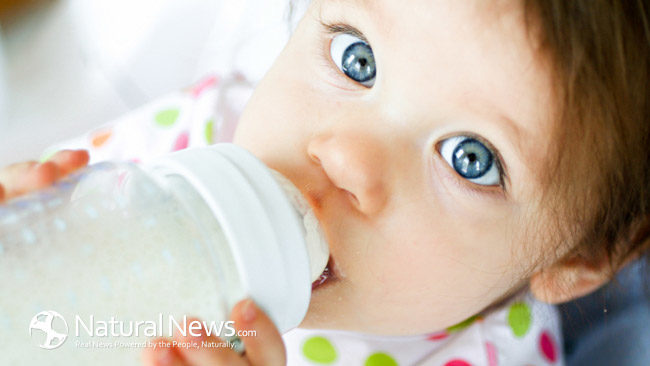Babies bring so much happiness into our lives, it’s no wonder they are called, “little bundles of joy.” As a parent, you want your baby to grow up to be healthy and happy, a process which begins at birth and continues throughout your child’s life. At first, the responsibility of being responsible for the safety of another human being can be overwhelming, but you need to remember that babies are helpless and rely on you for their personal safety.
Consider the following guidelines to make sure your baby remains safe:
Car Safety
A baby’s bones are pliable, making them extremely susceptible to injury during a car accident. The best way to protect your baby from being injured in a car accident is to place them in a car seat. Most places don’t give you a choice; nearly every state has laws requiring the use of car seats. Remember, most accidents happen near the home, so use a car seat no matter how far you are traveling.
An improperly used car seat is worse than ineffective; it’s dangerous. The straps on a car seat are designed to disperse the force of a collision and avoid putting undue stress on particularly vulnerable areas such as the chest and abdomen. An improperly placed strap can actually direct force to these areas, causing injury or even death. Always make sure that your car seat is the right size and you are using it properly. If you are unsure, ask for help; most police and fire departments offer free child seat safety checks.
Stroller Safety
Before placing your baby in a stroller, make sure that it is fully extended and locked into place. Put the brake on to make sure the stroller doesn’t motive and be aware of hills or other hazards that could cause the stroller to tip over.
Single strollers have either lap belts or safety harnesses, and just like a car seat, you need to make sure to use these straps correctly. Putting a child in a stroller incorrectly or without straps increases the likelihood of a fall.
A stroller adds about 2 feet of space to your front, so make sure to take this into account when maneuvering through crowded areas. It is particularly important to be cognizant of this extra space when using crosswalks; always stop farther back than you need to to avoid the risk of being hit by a car. When you do cross the street, make sure to double check for cars running red lights or making right hand turns. When judging whether or not you an safely cross a street before a light change, remember that a stroller slows you down.
Sleeping Tips
Even asleep in their crib, babies are vulnerable. Babies should always sleep on their backs to reduce the likelihood of SIDS; always remember to “put your baby BACK to bed.” Babies sleeping on their stomachs can also suffocate on soft mattress padding, so make sure that your crib is made from a firm material covered by a fitted sheet.
Soft toys such as stuffed animals can fall onto your baby’s face and cause suffocation, so be sure to leave them outside the crib. Never place extra blankets or pillows in bed with your baby, because these also present a suffocation risk. In addition, avoid using crib bumpers; a baby can roll over and cover its mouth and nose with the soft material.





